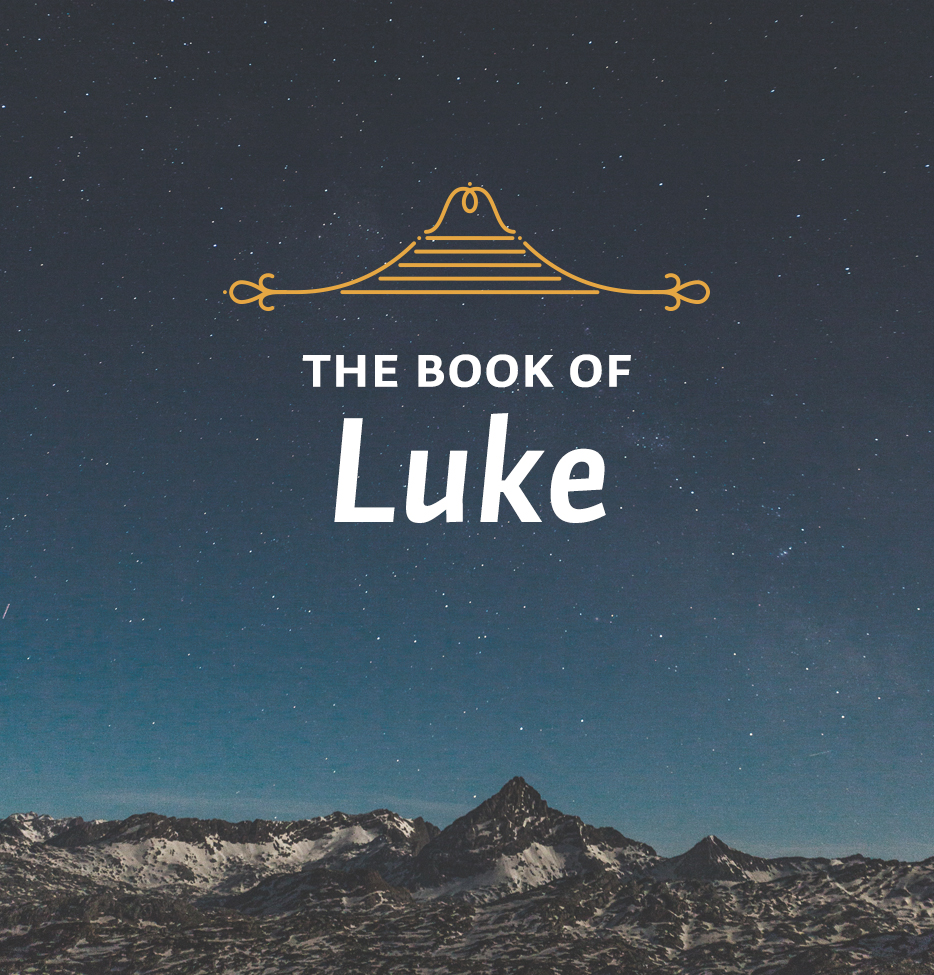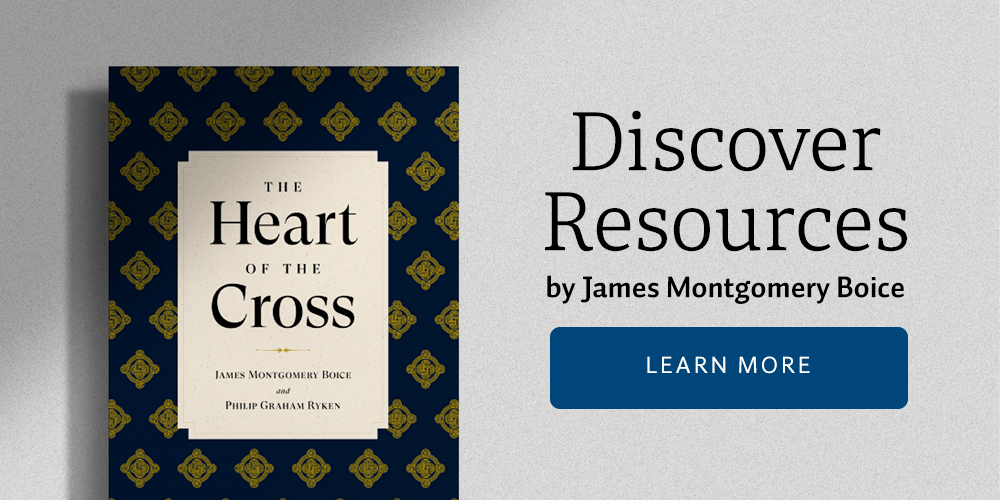Theme: Worship That Cannot Be Contained
In this week’s lessons, we look at those in the Christmas story who found Christ and worshipped him in truth.
Scripture: Luke 2:8-20
Many years ago a man heard the Bible teacher Reuben A. Torrey give a challenge like that, and he came up to Torrey afterwards and he told Torrey that he had investigated and Christianity and concluded that there was nothing to it. Torrey challenged the man to read John’s gospel and to pray along the lines I have just suggestion. Torrey asked the man that if after doing these things, he came to discover that the message about Jesus Christ is true, would he trust in Christ and follow Him. The man agreed, but he was still convinced Christianity was a sham.
Two weeks later, they met again and Torrey asked how his study was coming along. The man said, “You know there is something to it. I began reading the Bible and praying as you told me, since that time I’ve just been swept along by the Niagara River. The first thing you know I’m going to become a shouting Methodist.”
Another two weeks passed, and they met again. The man had become a Christian, and he said, “I can’t understand how I ever believed anything else.”1 This is the way God works. And if you’ve received the announcement of the angels, you’re challenged to obey the summons. And if you obey the summons through the reading of the Word of God, you will find that one who is the Savior.
There’s one last point. Not only did they receive an invitation, obey the summons, and find Christ. The fourth thing that happened with both the shepherds and wise men is that they worshiped Him. It’s very clear in the case of the wise men. We are told, “On coming to the house, they saw the child with his mother Mary, and they bowed down and worshiped him” (Matt. 2:11). In the case of the shepherds, we are only told that they worshiped God (Luke 2:20), but we can certainly assume that they worshiped Jesus when they found Him, since the angels had identified this coming Savior as “the Lord” (Luke 2:11). It is always that way.
Sometime ago I got to know the Reverend Josef Tson, who is an exiled Baptist pastor from Romania. He carried on a very effective ministry in Romania for many years and was finally expelled from the country by the Communist authorities because he was so effective. Now living in the United States, he tries to encourage work in Romania and those who labor there.
Recently he wrote about a traditional Romanian Christmas, and how it was always celebrated in his country in the years before Communist rule. Each city had its unique celebration, but there were common elements to them. They would have a big feast on Christmas day. Every family would have a pig, along with all the side dishes and extras that went with it. On the day before Christmas, early in the morning, the caroling would start. The little children would go out first, traveling from house to house singing as best they could. They carried sacks with them on their backs, and they’d collect nuts and little bits of fruit and cakes. Later in the day, the teenage boys would go out, and would form magnificent choirs and put on pageants in which they would act out various stories. In the evening, the older folks would go, again going from house to house. Tson remarked how hostilities would be set aside, and on Christmas Day everybody in the village would be in the churches worshiping together.
Then came Communism, and Christmas ceased to be a holiday. Work takes place in Communist lands on Christmas just as on any other day. Many of the things that had been practiced were not only banned but eventually began to fade away, even from the thinking of the people—but not in the lives of the Christians. Tson went on to explain how in spite of the difficulties under Communism, every evangelical church in Romania starts early in the morning before work and has a religious service commemorating the birth of Christ. Then, in the evening, they have another service, not only on Christmas Day itself, but also on December 26, called the “second day of Christmas.” In addition to meeting for worship, they also go out caroling throughout their town and villages. For years the police tried to discourage this. One year the police from the local town beat up some of the singers in one of the Baptist choirs. And yet the next year they were back out there again singing their praises to Jesus, the Savior of the world.2
You just can’t keep down the worship of those who have really found Christ, whether the shepherds or wise men at the first Christmas, or any other believers down through the ages, including those who are worshiping today even in Communist lands. Those who know Christ worship Him. It’s our privilege to worship Him as well. That’s the invitation of Christmas. As James Montgomery wrote:
Come and worship, come and worship,
Worship Christ, the newborn King.
1Reuben A. Torrey, The Bible and Its Christ (New York: Revell, 1904), pp. 53-57.
2Josef Tson, “The Traditional Christmas in Romania,” The Voice of Truth, November-December 1982, p. 1.
Study Questions:
What is the fourth point of similarity among those who found Christmas? What evidences do we have of it?
Describe Christmas in Romania both before and during Communist rule. What changed and what stayed the same? How did Romanian believers put their faith into practice, even in the midst of such difficult circumstances?
Reflection: Are you being called to suffer in some way because of your testimony for Christ? How will you encourage others experiencing similar trials?






